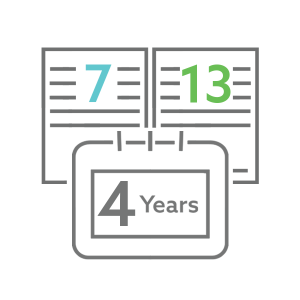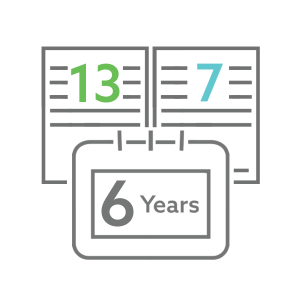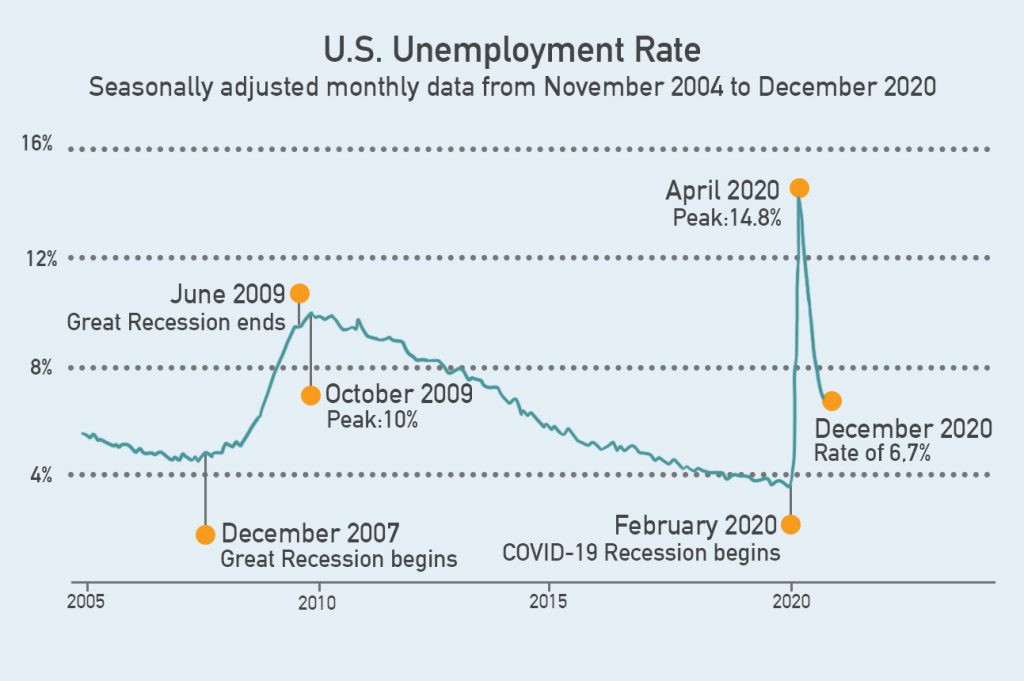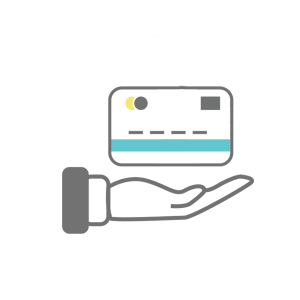
Filing for bankruptcy can be a confusing process for first-timers, which is why we always recommend working with a qualified bankruptcy attorney if you want get a fresh start and regain control of your financial life.One thing people often don’t understand about bankruptcy is what reaffirmation means. In this article we’ll explain what you need to know about reaffirmation, as well as how reaffirmation affects bankruptcy car loans when you need to replace your car with an open bankruptcy case.
What is Reaffirmation During a Bankruptcy?

When you file for either a Chapter 7 or Chapter 13 bankruptcy, one of the things you have to do is decide which debts are going to be included in the bankruptcy filing and which ones will not be included. Typically, you’ll be including most or all of your unsecured debts (credit cards, personal loans, etc.). But there are some things you own and are making payments on that you need to keep – like your car. If you want to keep your vehicle in bankruptcy, one way to do it is to enter into a reaffirmation agreement with the lender. The reaffirmation agreement means you’re committed to keeping up your payments on your car loan and will not include that debt in the bankruptcy. After all, you still need a vehicle to get around, right? You should only enter into reaffirmation agreements on debts that are for things you really need to keep – and make sure you can afford to keep up the payments and make those payments on time. Also keep in mind that when you sign a reaffirmation on a car loan, the lender may not report your loan payments to the credit bureaus while the agreement is in place, which means those payments aren’t helping to improve your credit score.
Check to See if Your Car is Exempt from Bankruptcy

Depending on how much real equity you have in your car, it might fall into the exempt property category in California. If your car is exempt, then you get to keep it during bankruptcy without going through the reaffirmation process. In California, you get to choose between two different exemption schemes. Your bankruptcy attorney can help you figure out which one is best for you depending on all the different kinds of property you own. But when it comes to your car, here’s what the two different schemes consider exempt: In System 1 (704) up to $3,050 in car equity is exempt and in System 2 (703) up to $5,350 in car equity is exempt. These figures are updated every three years. Since these are the figures from 2016, new figures will be in April of 2019 to account for changes in the cost of living.
Your equity in the car is the difference between what you owe on the loan and what the car is worth. If you owe more on the loan than the car is worth (meaning you’re “upside down” or “underwater” on the loan), then you have no equity in the car and it cannot be exempted from the bankruptcy. If you want to keep that car, you’d want to enter into a reaffirmation agreement on that debt. But, if you have a car that’s worth $10,000 and you only owe $7,000 on it, then you have $3,000 of real equity in the vehicle, which falls under the threshold of both exemption systems. This means your ownership of the vehicle is protected from creditors during bankruptcy as long as you keep making your payments on time.
Note that if you choose System 2 (703), there is an additional “wildcard” exemption of $1,425 that can be applied to any property you want. Let’s say you have that same car mentioned before that’s worth $10,000 but now you owe only $3,500 on the loan. You have equity of $6,500 in the car, but the vehicle exemption is only protecting $5,350 of that equity. What about the other $1,150 of equity you want to protect? If you want to have it all exempted, you could take $1,150 of your wildcard exemption and apply it to the vehicle so all of your equity is protected from the bankruptcy.
Does Reaffirmation Affect Bankruptcy Car Loans?

It’s important to make sure you understand one aspect of reaffirmation that a lot of people get wrong. Many people think that if they sign a reaffirmation on their car loan, they are somehow “locked-in” on that loan and have to ride it out to the bitter end. Not true! You are totally free to sell that car and get another vehicle if that’s what you need to do, but you need to be careful.
What you need to pay special attention to is whether you have positive or negative equity in the vehicle. If you’ve signed a reaffirmation agreement, some lenders require you to first cover all or at least half of the balance before they will offer you a new loan, and even then the terms may not be very good. If you have positive equity in the car, you should have no problem getting the bankruptcy loan you need, as long as you meet the other eligibility requirements. You can use the positive equity as a down payment towards your next loan. You can also cancel a reaffirmation agreement and then apply for a bankruptcy car loan through a fresh start lending program. The window for canceling a reaffirmation agreement is either before your bankruptcy is discharged or within 60 days of when the reaffirmation agreement was filed with the court (whichever date is later). If you’re past both those dates and want to cancel a reaffirmation agreement, enlist the help of an attorney.
For example, let’s say you signed a reaffirmation agreement on your car loan. By doing so, you committed to keep making your payments on the car loan. But what if you realize keeping up the payments is going to be harder than you thought? Or what if your family is growing and you need a bigger vehicle? Having positive equity in your current vehicle is the best way to ensure you can get a new loan to buy your next car, but even then there is no guarantee. You’ve been making your loan payments and thinking your credit is improving, but if the lender has not been reporting those payments to the credit bureaus, your credit score might be worse than it was before the bankruptcy! And, as mentioned earlier, if you have negative equity in the car, a lender could require you to cover 50% to 100% of the balance of the loan before they will consider giving you a new loan with better terms.
As you can see, this aspect of bankruptcy that’s about property exemptions and reaffirmation agreements can become complex if you have a lot of different kinds of property. You have to figure out which of the two different California exemption schemes is the right one for you, and then also determine if you should do a reaffirmation on your current car loan. This is why Day One recommends you work with experienced bankruptcy attorneys. And if you need to replace your current vehicle after filing bankruptcy, keep Day One in mind for bankruptcy car loans. Our process is fast and gets results for you. Contact us for more information or start our online application now!
At Day One Credit we are experts at finding the best possible bankruptcy car loans in order to help our customers purchase high-quality used cars. We are not lawyers, we do not give legal advice, and nothing we say should be taken as legal advice. Your first step in anything related to bankruptcy should always be seeking the advice and counsel of a qualified bankruptcy attorney.





























